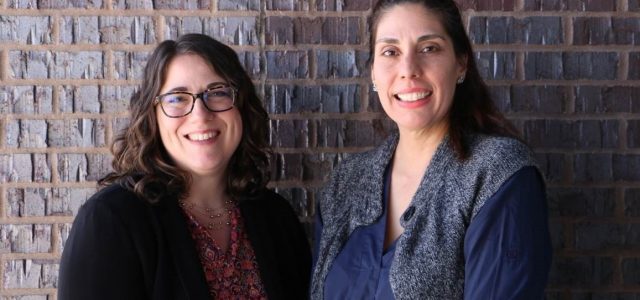
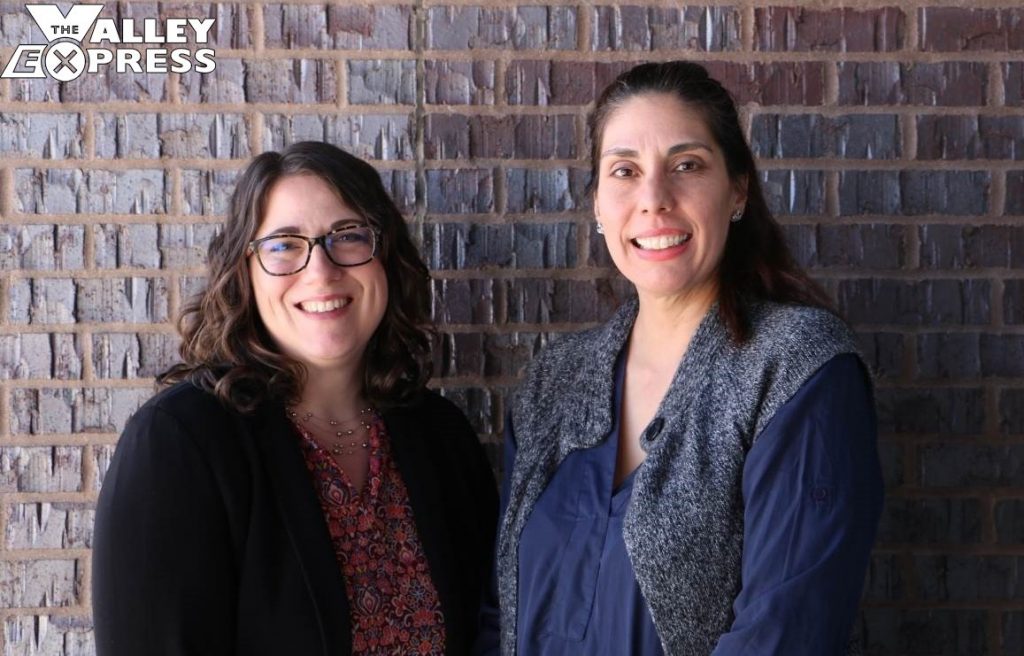
Karla Hernández remembers the day in 2008 when she landed at Joe Foss Field in Sioux Falls. Her gaze swept the landscape to take in the fields that stretched for miles, but she didn’t see many people. “It was the opposite of where I was raised,” she says. “I‘ve grown to love that about South Dakota. Puerto Rico is tiny, but it’s crowded.” South Dakota’s footprint is 22 times larger than Puerto Rico, but the Island of Enchantment has over two million more inhabitants.Karla’s passion for agriculture, however, is big enough to span the 2,600 miles between them.
Her connection to the land took root during the time she lived on her grandfather’s small, but diversified farm back on “the island” as she fondly refers to her former home. “You don’t see a lot of diversified farms in South Dakota anymore,” she says, “but back in the day, diversification was everything.” Any old-timer will most likely agree. When farming’s focus changed to dramatically increase production, diversification faded into the sunset like a Minneapolis-Moline tractor.
When Karla began to make her way in the world as a recently-minted college graduate with a degree in animal science she had no idea South Dakota would be one of her destinations. She had decided to transplant herself to Texas. “In Texas, I completed a lot of research on beef cattle with parasites,” she explains. After I finished, I didn’t have a job, so I started looking. The first job I found was in South Dakota.”
She came to Brookings to work with SDSU and pursue her doctorate degree in agronomy and plant science. She learned the size of the farms was just one contrast. “I felt I had to learn a lot of things from zero,” she recalls. South Dakota’s culture, and of course, the weather were very different. “I didn’t struggle too much with the language, though.” Puerto Rican children learn English in school, as it is their second official language, but only about six percent of families speak it at home.
From Brookings, she moved to Watertown to work for SDSU Extension, and then she took a job in Florida in 2019. “I like to get to know people, and when I moved to Florida, it was a slap in the face because even though there’s agriculture in Florida, there’s more tourism. It’s a lot of craziness! I missed the one-on-one conversations with people that don’t even know you. That was South Dakota. And that is South Dakota.” Two years ago, she and her husband, who is from Florida and is a farmer, moved their family to rural Strandburg.
“I had fallen in love with the prairie, and wanted to stay, even though the weather still is challenging. My husband will tell you he belongs to cool weather, she says, looking a bit bewildered by the thought. “Anyway,” she continues, “there’s a lot of beauty in nature here, and I like learning. I’ve learned everything about grasses and pastures. I like farmers.”
She is also taking on the challenge of learning more about how a community based on agriculture functions. She joined the Milbank Chamber staff this spring as the assistant to the organization’s executive director, Jamie Henderson. “People probably wonder why I want to work at the Chamber,” she says. “I already have a lot going on, but I see it as a job where we can accomplish so much.”
“I also believe it’s important as we grow older to offer something of value to the community. “When I was 27 or 30 or even 35 – I just turned 41– it might have been something else, but now I see it is not about my degree. Okay, the degree is important. It’s very important. But it’s more about what I can offer to the people I live with. I think caring is more valuable.”
“I want people to know me for what I do. I’m warmhearted. I care. I told Jamie this when the Chamber interviewed me. I want to be an example for my children first. (Camille is nine and Luna is six.) I’d also like the people of Milbank and Grant County to see me as a resource, not a lady with a Ph. D. I don’t want them to be afraid to come to me.”
Plus, she says, “I love interacting with people. I love talking. I love when someone detects my accent and asks me, ‘Where is home for you?’ It shows that they care and they want to get to know me. I like to work with farmers, too,” she says with a laugh, “even though sometimes they’re very stubborn.”
At the Chamber, I’m helping Jamie coordinate events and recruit volunteers. I hope to learn the needs of the community. What they want to see happen. I want to get the word out about what the Chamber can do for the community and the businesses.” She says she thinks everything is changing and Millbank is not the exception. “Milbank is growing. With the cheese and dairy industry, we’re going to see a lot more people here.”
She also keeps in mind that farming is a business. “You cannot take it for granted. It requires a lot of hard work. Many hours. But I think South Dakota – I’m most familiar with the northeast corner of the state – offers many opportunities. I wish I could change a lot of things, because that’s my background, but I feel like I’m an advocate for agriculture,” she adds. “ I wish more people would know that they’re doing it wrong. Some of the prairie has never been touched. The NRCS (National Resources Conservation Service) will not let you touch it.”
“Just keep it like that, she says. “It’s amazing. The bison used to roam all these acres by themselves, but it will never come back. Once it’s done, it will not come back. That’s so fascinating. The Black Hills are beautiful. It’s like another country.”
She and her husband lease 60 acres. “People say that’s a hobby farm. I don’t think so. Leasing gives us an opportunity to work on the land, get in good shape, save our money, and then purchase. Our farm is not cropland because we’re trying to salvage the native prairie grasses.”
We have Galloway beef cattle, and the reason we didn’t purchase Angus was because we don’t want any animals in the barn unless it is needed, like during the ice storm,” Karla explains. “We have Tamworth pigs. Those are the reddish-colored pigs. They’re all pasture-raised. Of course you have to supplement them with corn because they’re monogastric – they only have one stomach. We have milk goats, which we milk. We might switch to hair sheep, which are rare in South Dakota, but we’ll try to get those.”
The couple produces no crops, though, because she says South Dakota faces a huge challenge. “I don’t know if you’re very familiar with it, but there’s grass that is highly invasive. It will take over your pasture and nothing else can grow. And we have periods of drought here. Very intense. So we want to bring back our native grasses. Even though their nutritious value is not that good, they have an extensive earth system, which is great for drought prevention. That means the soil will stay nice and chocolate colored and be good for the cows.”
“Supplementing them with hay is okay” she posits, “but it’s expensive.” “So we are more diversified. We plan to expand quite a bit in animals, but there’s only so much 60 acres of land can hold. We want to work on the soil because there are a lot of question marks right now about how our food is made.”
They also raise egg-layers and broilers. “I tell you that when we kill our chickens, we kill ’em to sell,” she declares. “The taste is so different when they have a variety of stuff to eat. And you probably know this better than I do, but we used to eat or buy chicken from the grocery store that carried a lot of blood fluid. I didn’t like it when my mom cooked it. I don’t want to eat that.” She says once they started raising their own, there was no blood inside. “It was so clean. There’s a big difference, and there’s a market for it because consumers have become more conscious of what they want to eat. It’s community-oriented, too, which for us has great value.”
Karla says back on the island, they ate a lot of white rice, pork, fish, and chicken. Beef most likely ranked in third place. “Beef is one of my favorites because now we’re growing it. Number one, I want to support the beef cattle industry. It’s relative. You adapt. Deep inside, I get some sadness in my heart because I would like to go back to Puerto Rico. I haven’t been there for nine years and that’s a long time. But you adapt. I like the food here, too, so I can’t complain.”
One of her new favorites is pulled pork. She also adores the rhubarb that grows on their farm. “It was one of the first things I tried. I love it! I love rhubarb cakes. Whatever you make with it, I love.”
It is obvious she loves farming, too. “I think farming, when done right, brings you closer to our Lord. There’s a saying, ‘God made the farmer.’ Of course, you have to make a profit. But if you do it right, I think you can. It’s a compounding effect. You can combine all those things.”
You know, farmers used to come into town after tilling the ground. They might have been all dirty, but it didn’t matter. They would talk to people. They’d go to the cafe and gossip or discuss the price of corn. They are our resources. To keep that sense of community, I think is key.”
Stop by to chat with Karla at the Milbank Chamber office Monday-Friday.
Photo: Left- Jamie Henderson & Karla Hernández




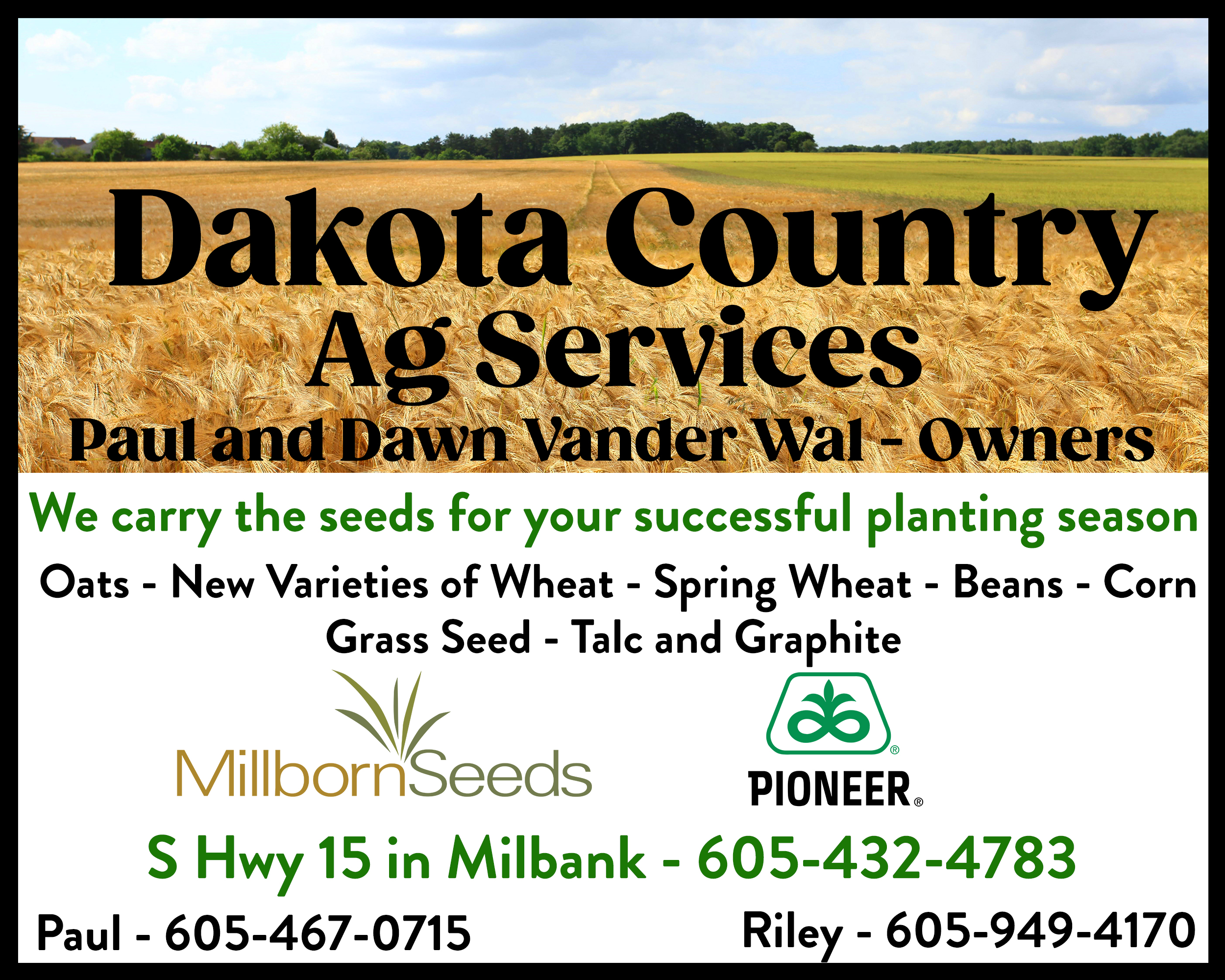


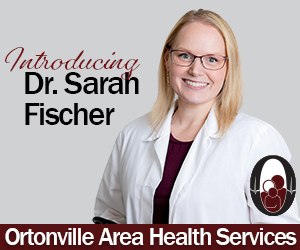
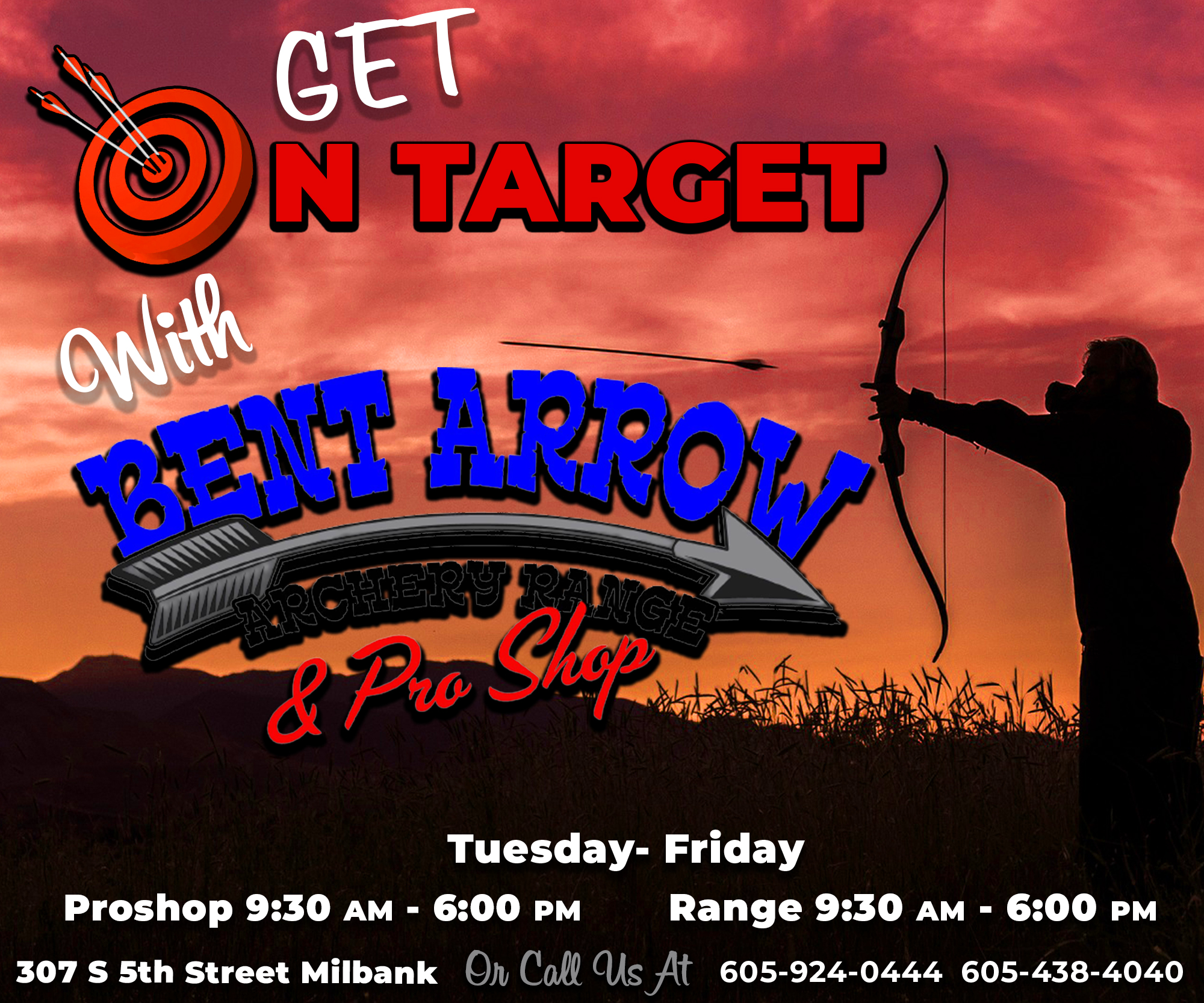
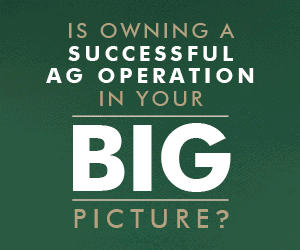


No comments so far.
Be first to leave comment below.